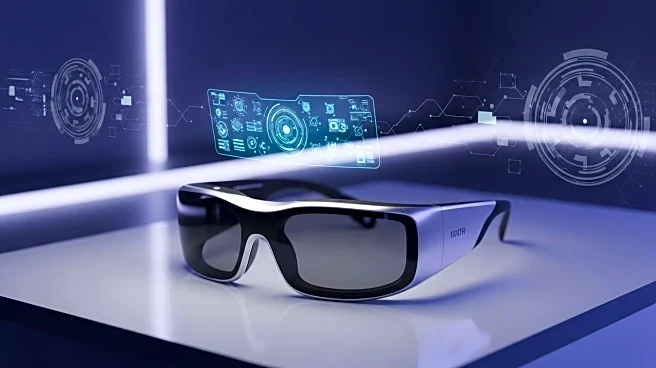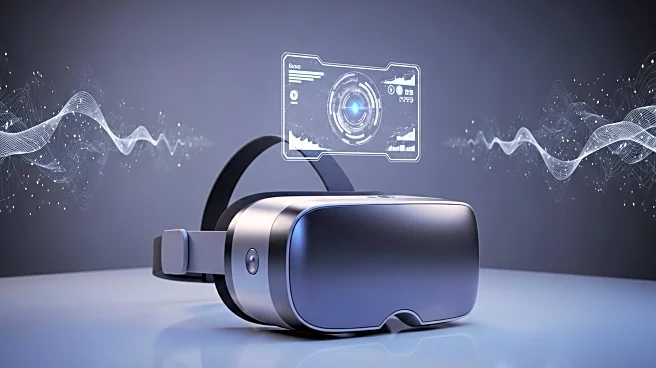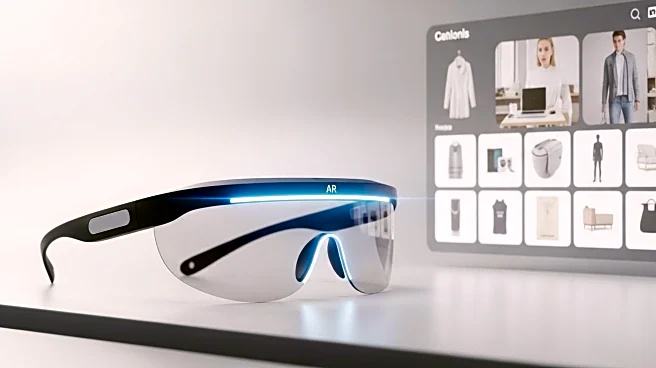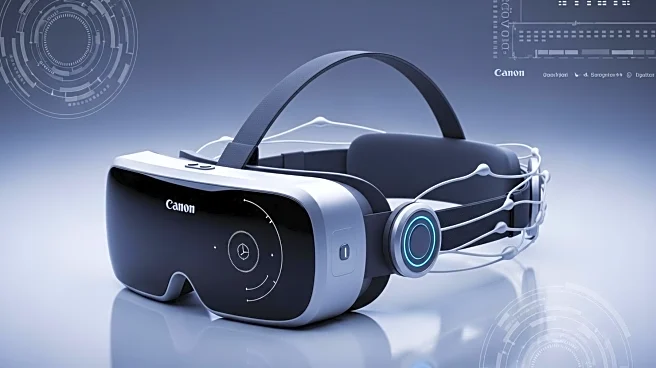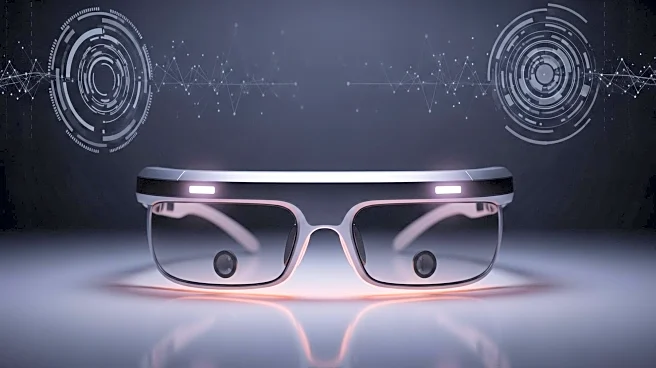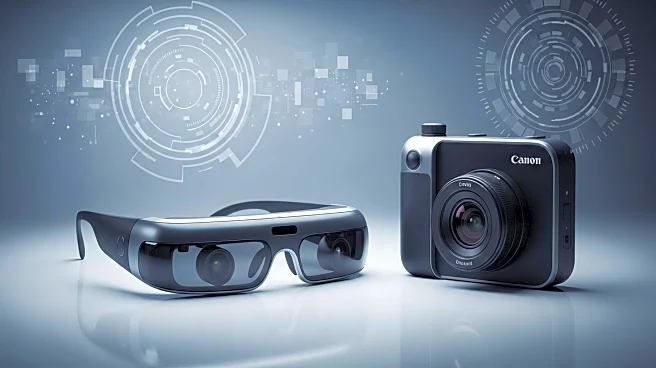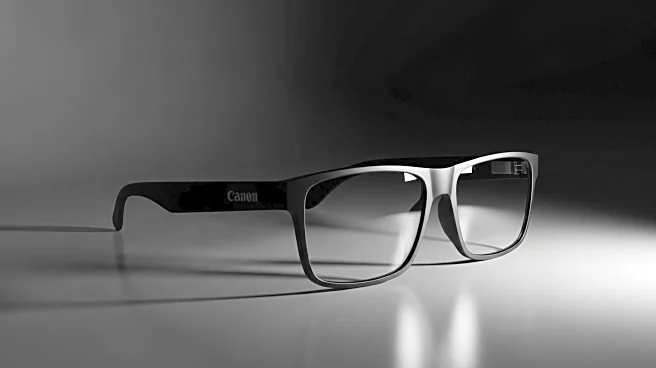What's Happening?
Meta's Ray-Ban Display glasses have been dissected by iFixit, revealing that the standout feature is the glass technology rather than the internal tech components. The glasses utilize a reflective geometric waveguide system in the lenses, which directs light to the wearer's eyes at specific angles using partially reflective mirrors. This design prevents others from seeing the screen content when looking at the wearer. The glasses also incorporate a micro-projector in the right arm, using a liquid crystal on silicon device to project a 600x600-pixel image. Unlike older AR glasses that use diffractive systems, this technology avoids rainbow artifacts and 'eye glow' effects. However, the manufacturing cost of these glasses is high, leading to speculation that Meta might be selling them at a loss. iFixit's teardown revealed that the glasses are difficult to repair, requiring specialized skills and tools, as Meta did not provide a way to reassemble the glasses after disassembly.
Why It's Important?
The innovative glass technology in Meta's Ray-Ban Display glasses represents a significant advancement in augmented reality eyewear, potentially setting a new standard for visual clarity and privacy. This development could influence the future design of AR glasses, encouraging other manufacturers to adopt similar technologies to enhance user experience. However, the high manufacturing costs and repair challenges pose significant barriers to widespread adoption. Consumers may face difficulties in maintaining these devices, impacting their long-term usability and market appeal. The potential financial loss for Meta could also affect its strategy in the AR market, possibly leading to adjustments in pricing or product design to balance cost and consumer demand.
What's Next?
As Meta continues to develop its AR glasses, it may need to address the repairability issues highlighted by iFixit. This could involve redesigning the glasses to allow easier disassembly and reassembly, or providing repair services to consumers. Additionally, Meta might explore cost-reduction strategies to make the glasses more affordable, potentially increasing their market penetration. The company could also face pressure from competitors to innovate further, as other tech firms may seek to capitalize on the limitations of Meta's current design. The response from consumers and industry stakeholders will likely influence Meta's future decisions regarding product development and pricing.
Beyond the Headlines
The introduction of advanced glass technology in AR glasses raises ethical and privacy considerations. The ability to prevent others from viewing screen content could enhance user privacy, but it also poses questions about transparency and surveillance. As AR technology becomes more integrated into daily life, discussions around privacy rights and ethical use will become increasingly important. Furthermore, the environmental impact of producing high-cost, potentially disposable technology should be considered, prompting discussions on sustainable manufacturing practices in the tech industry.

